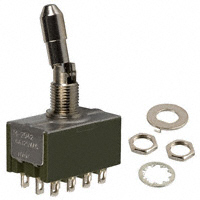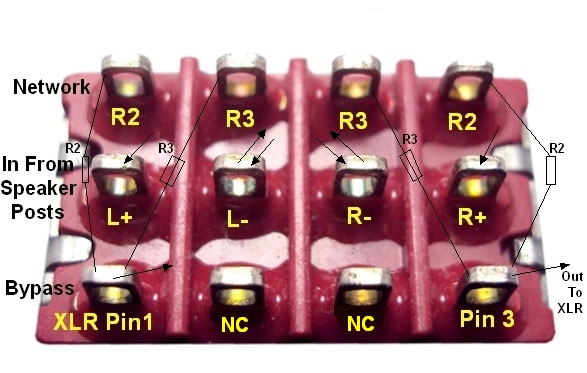brunk
Headphoneus Supremus
- Joined
- May 21, 2012
- Posts
- 3,648
- Likes
- 97
Hmmmm... It was an NKK DPDT switch that I didn't like. Diminished high frequency clarity and resolution compared to a reed relay. This was a silver plated copper contact version of the toggle switch. Maybe I should have gone good contacts?
Can you link the switch in question?


























